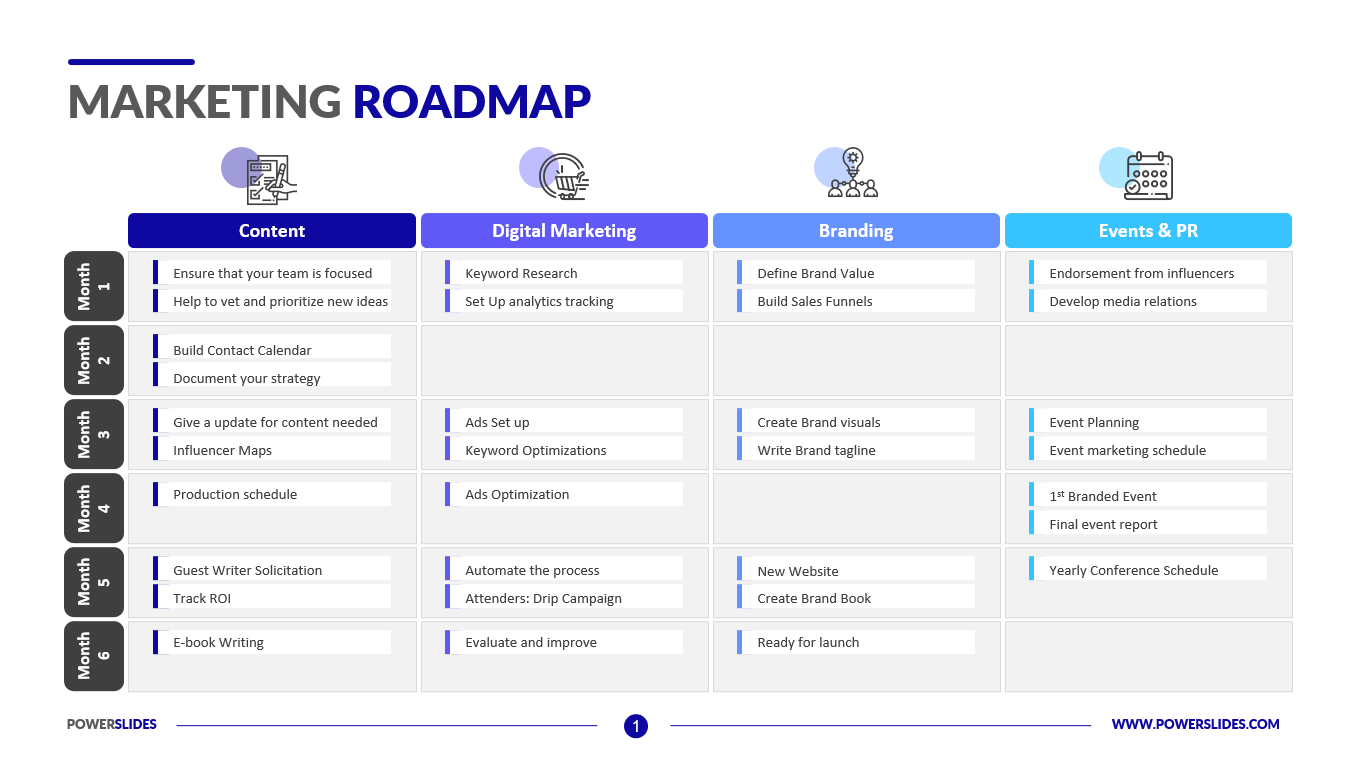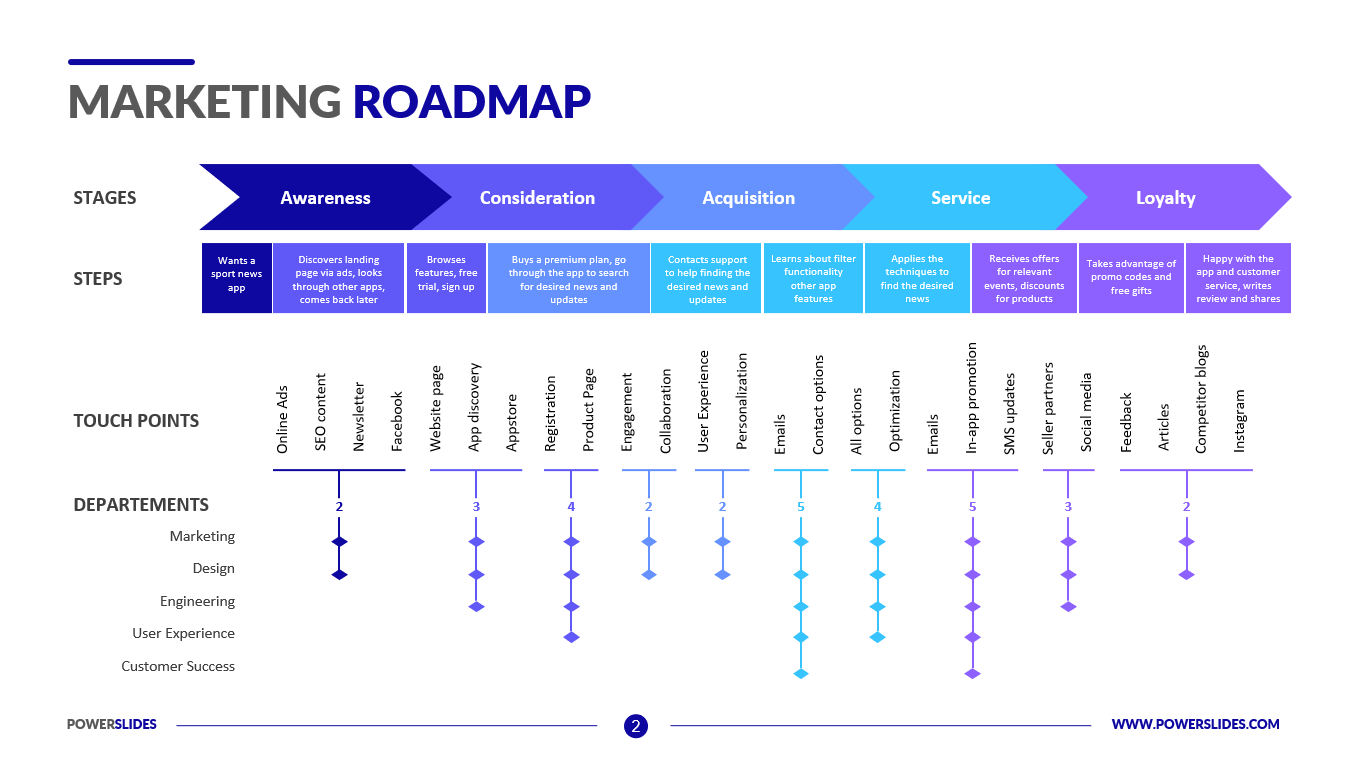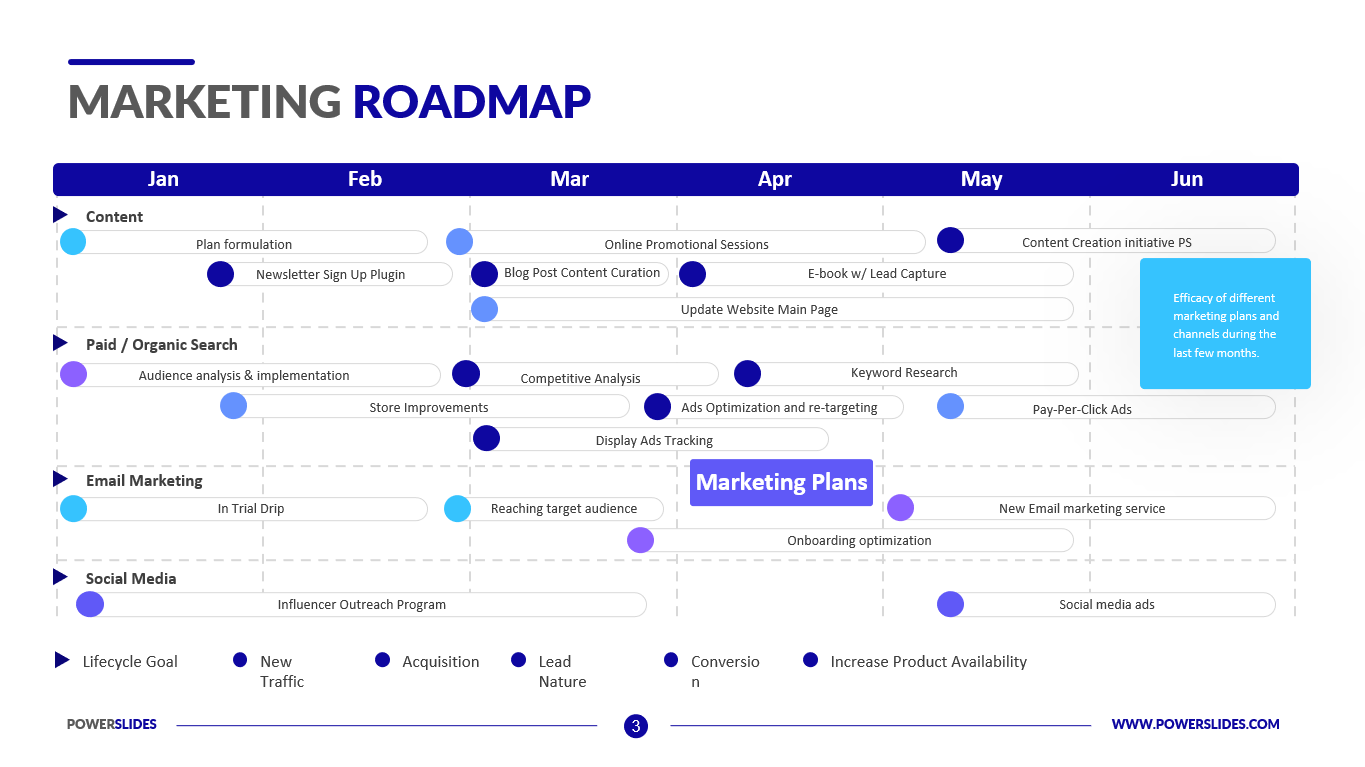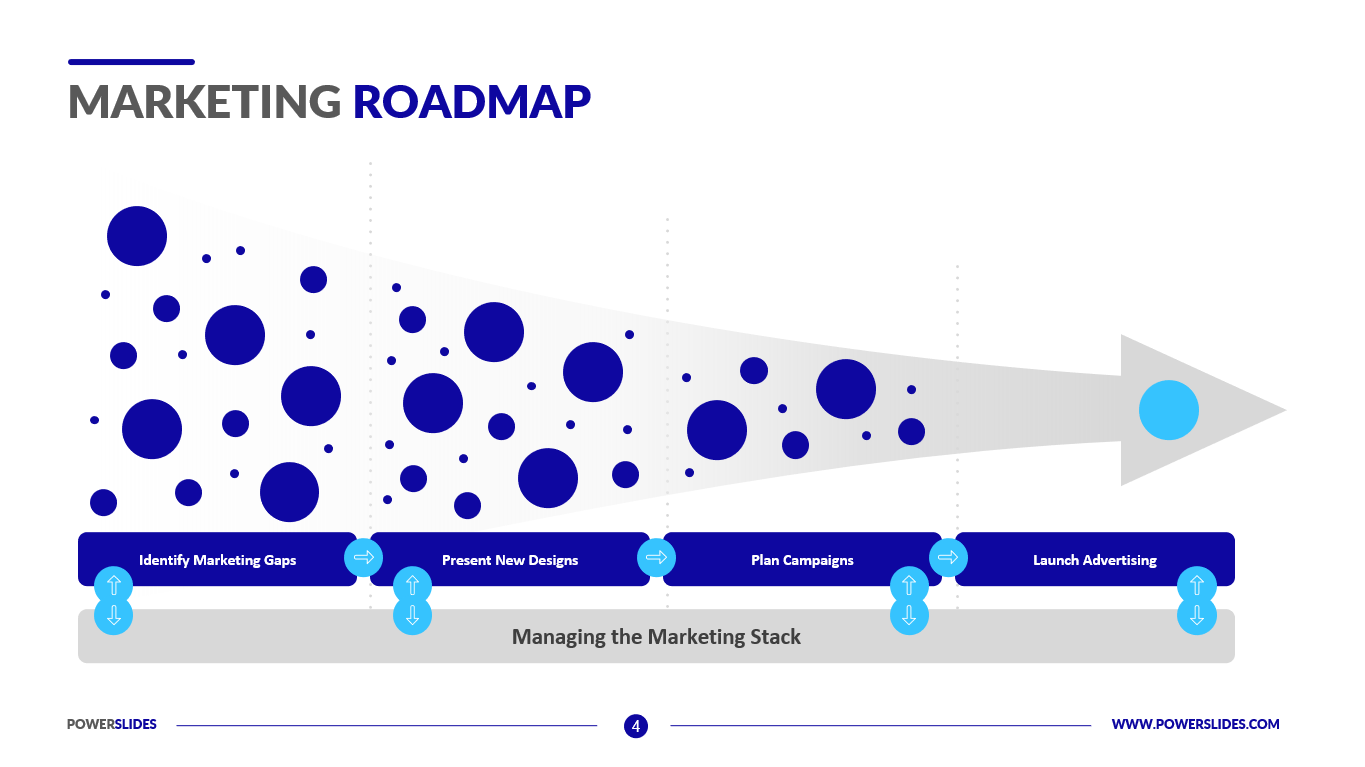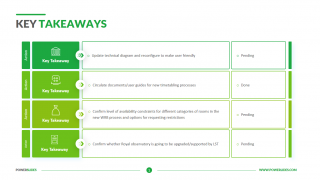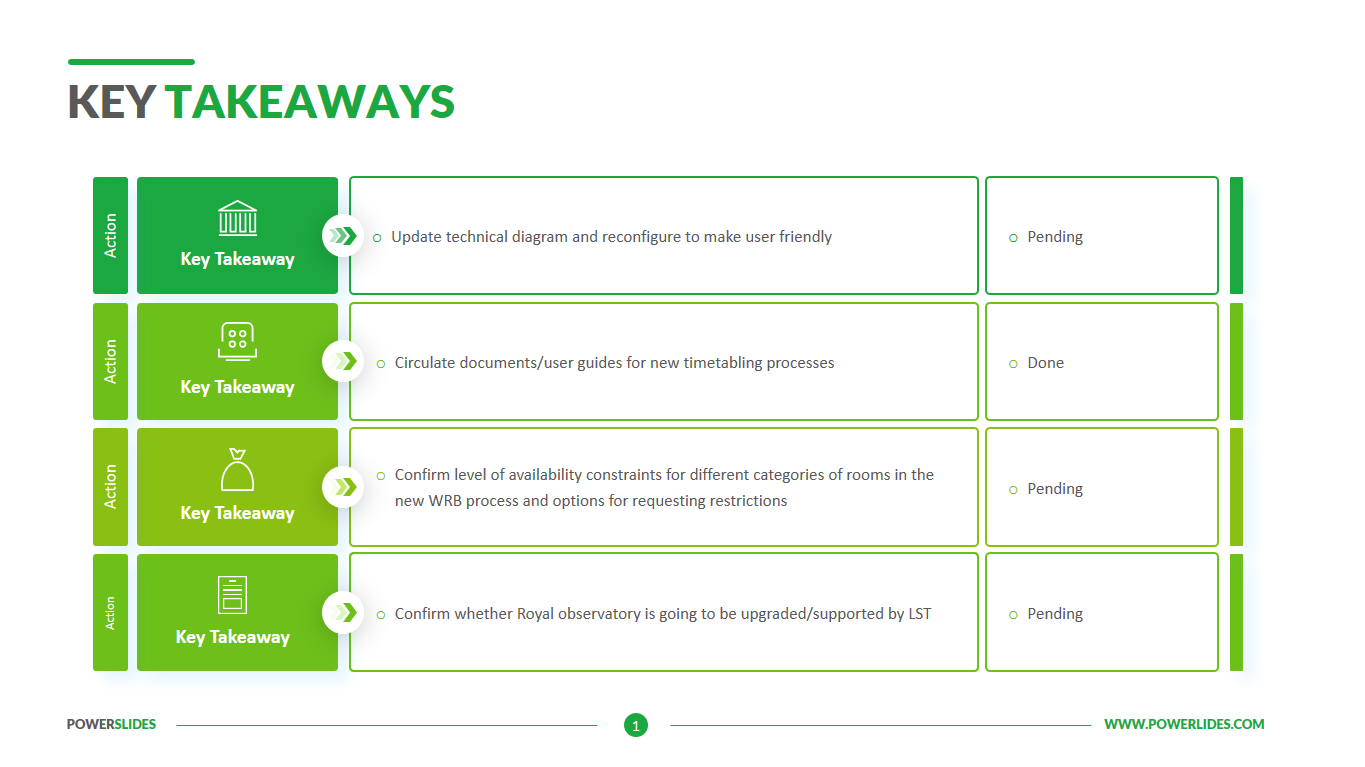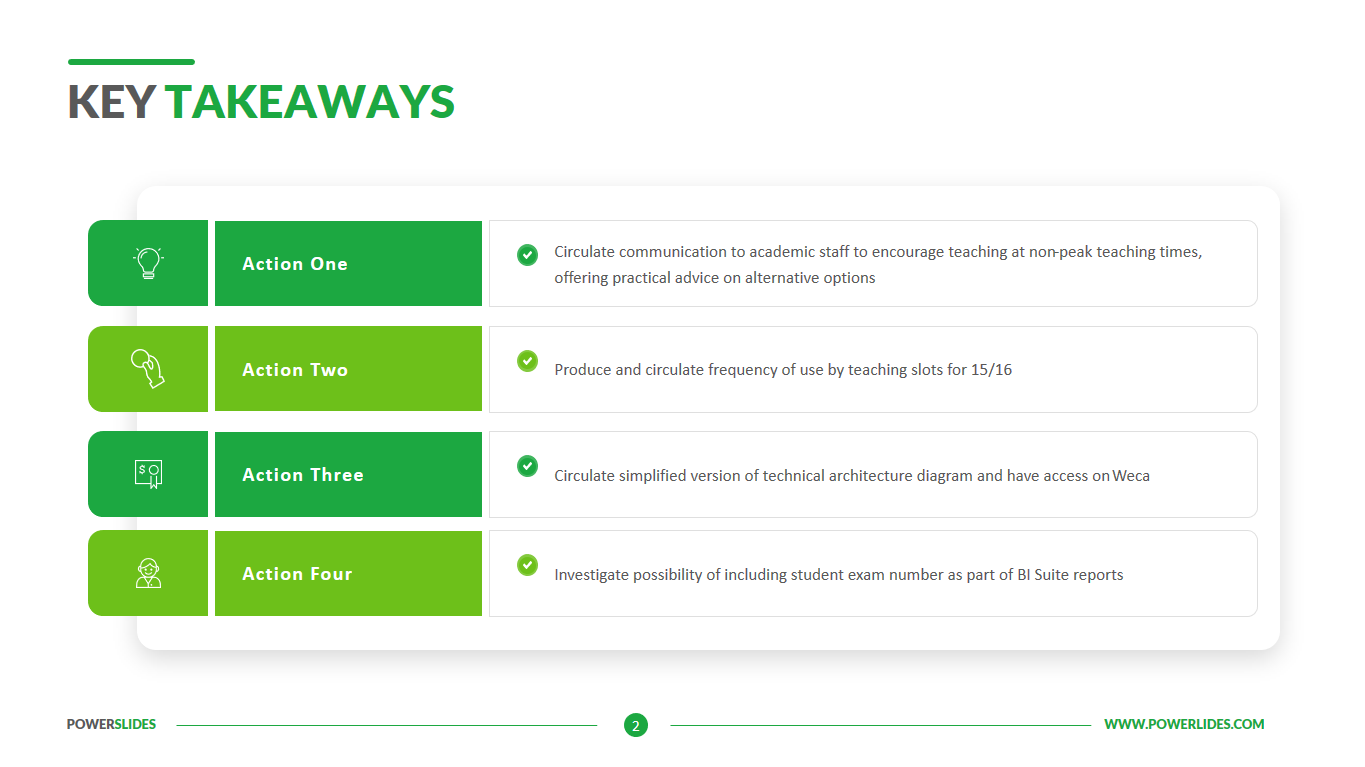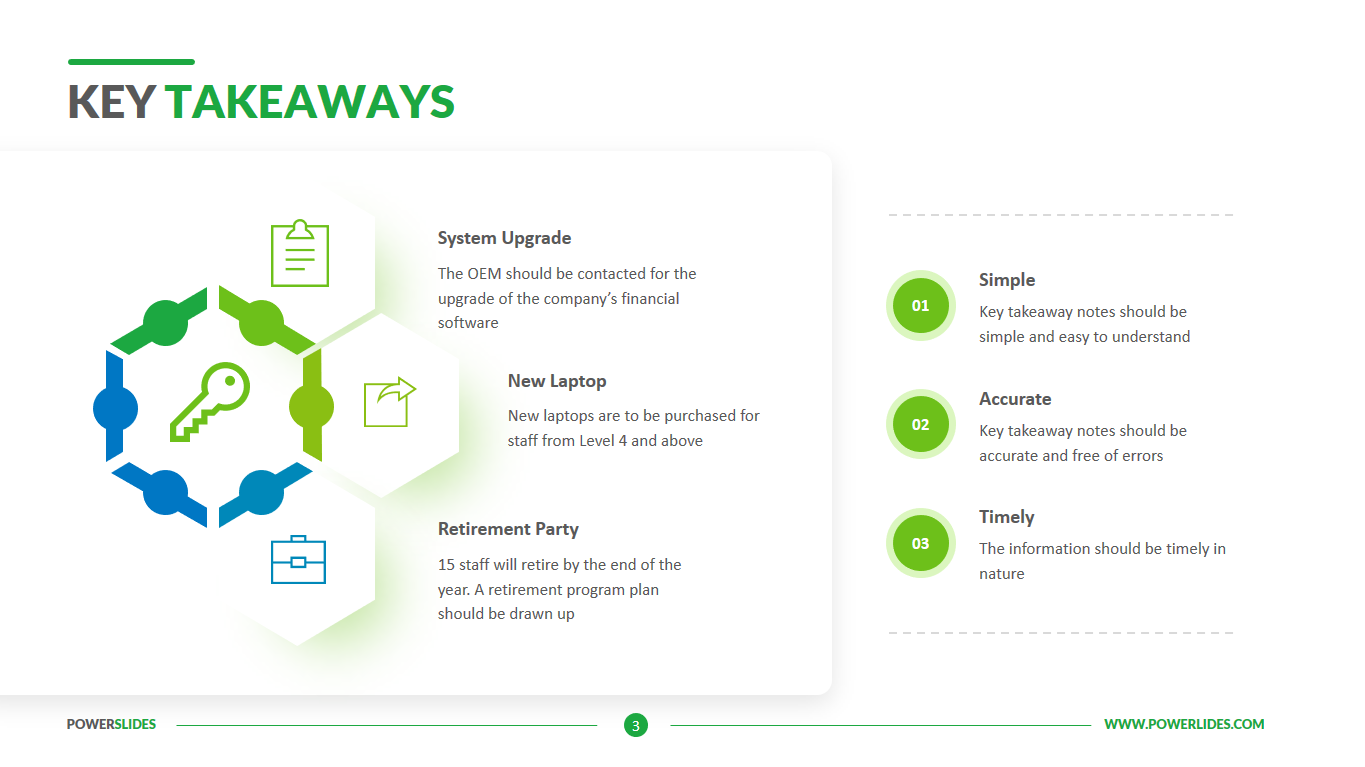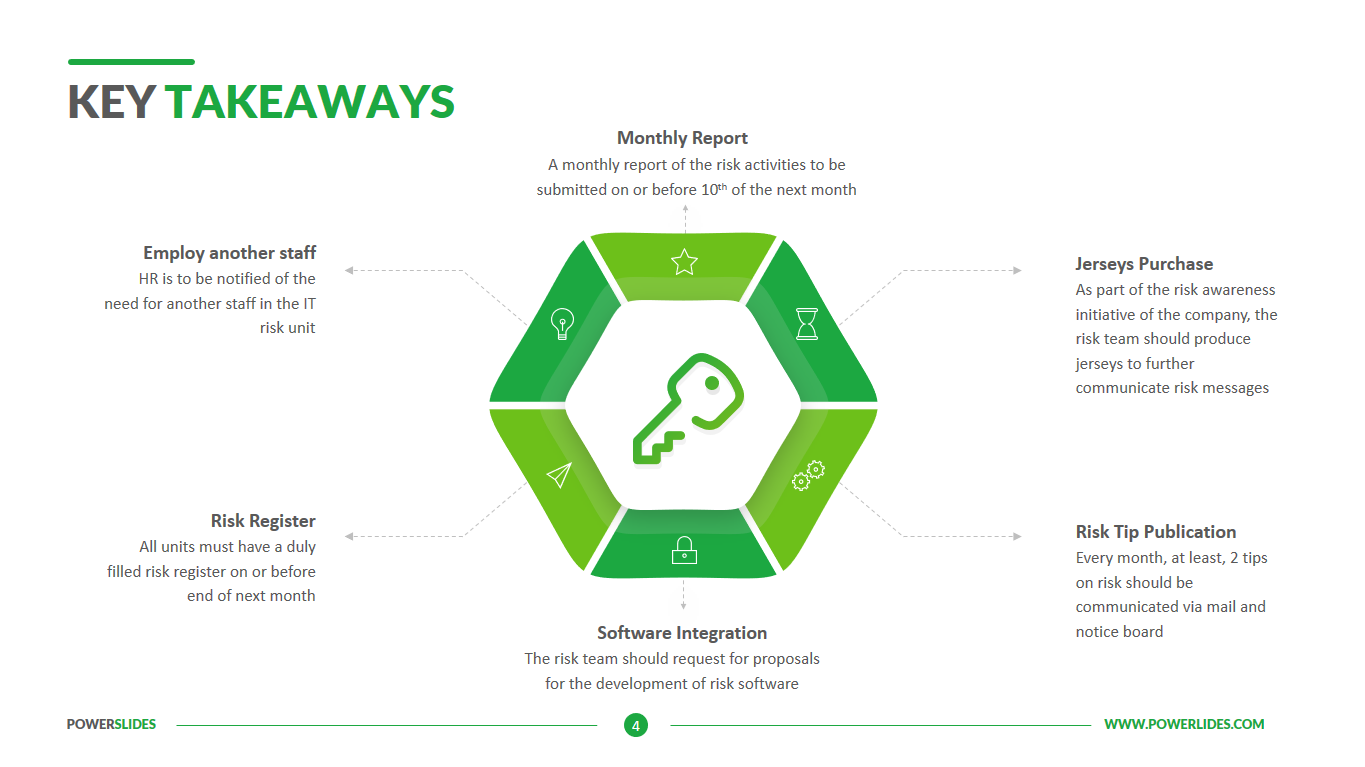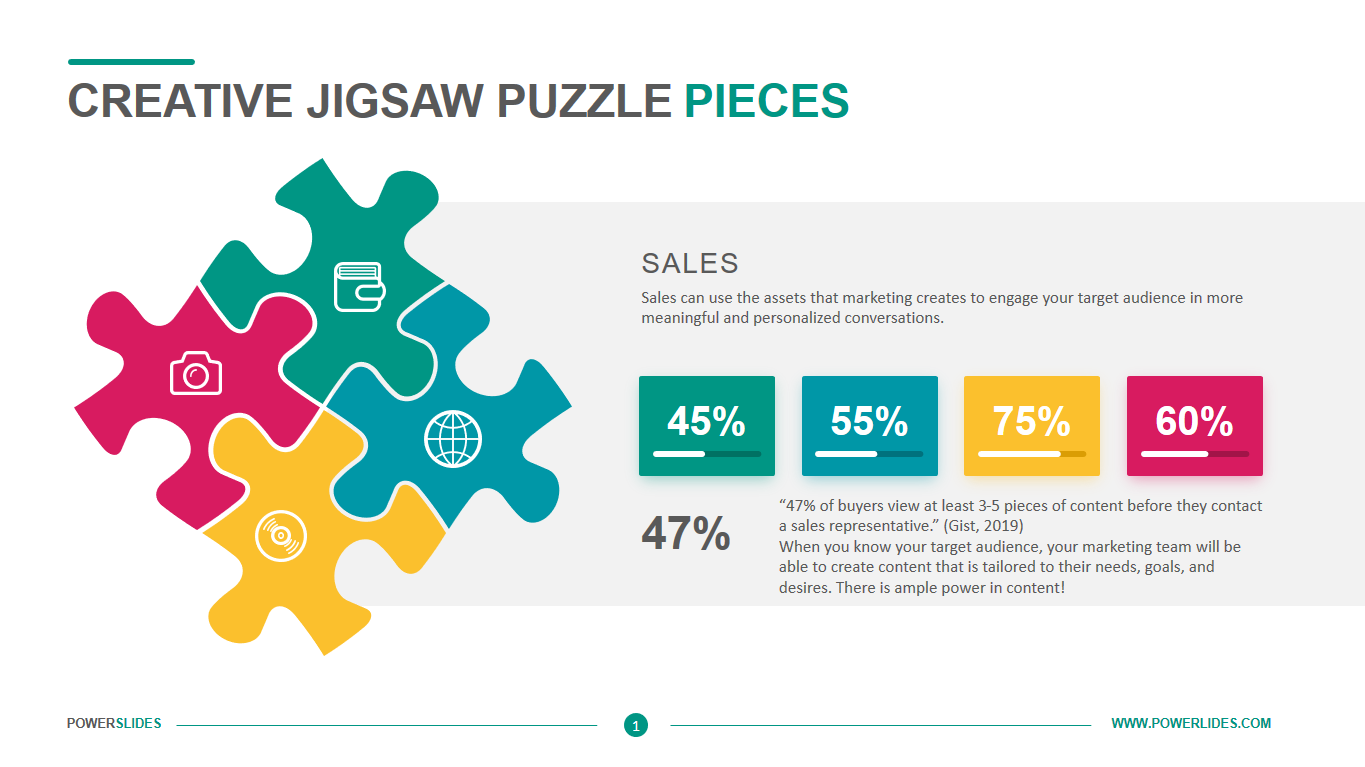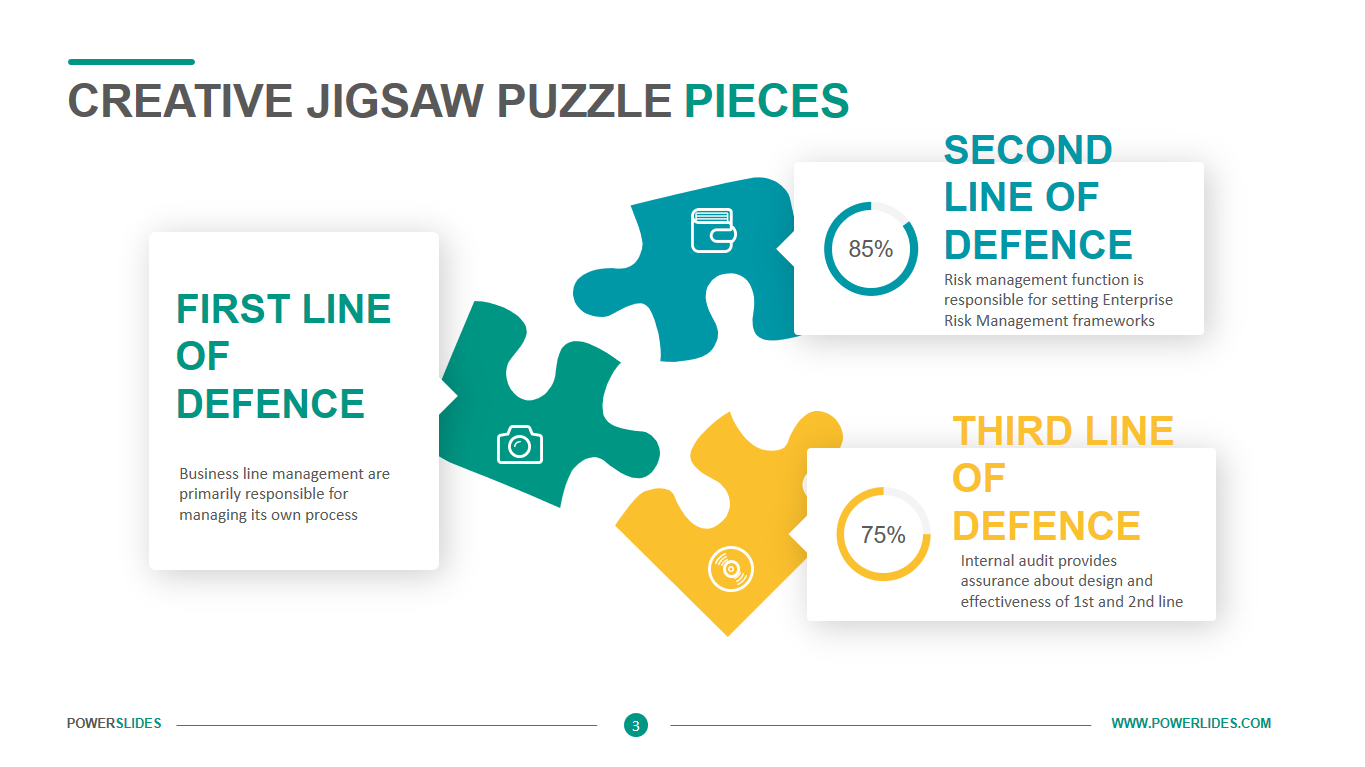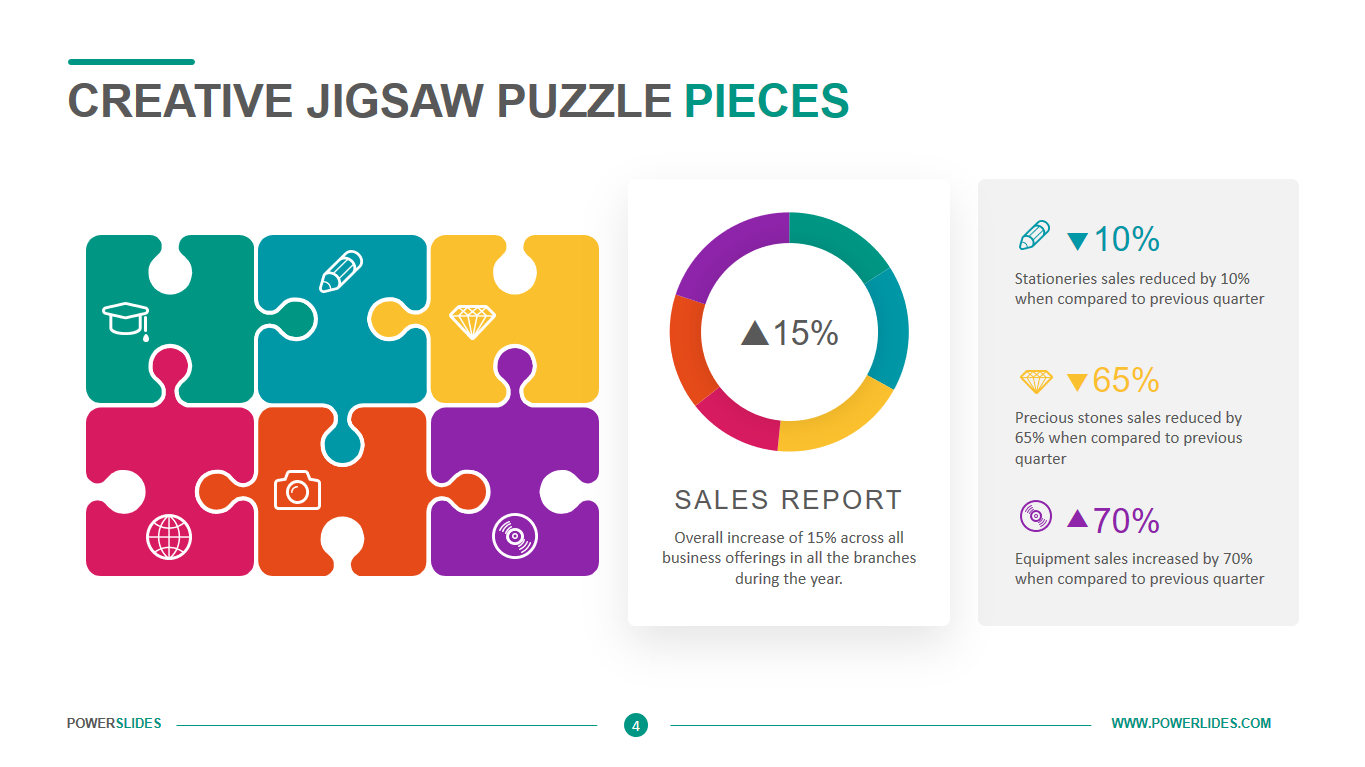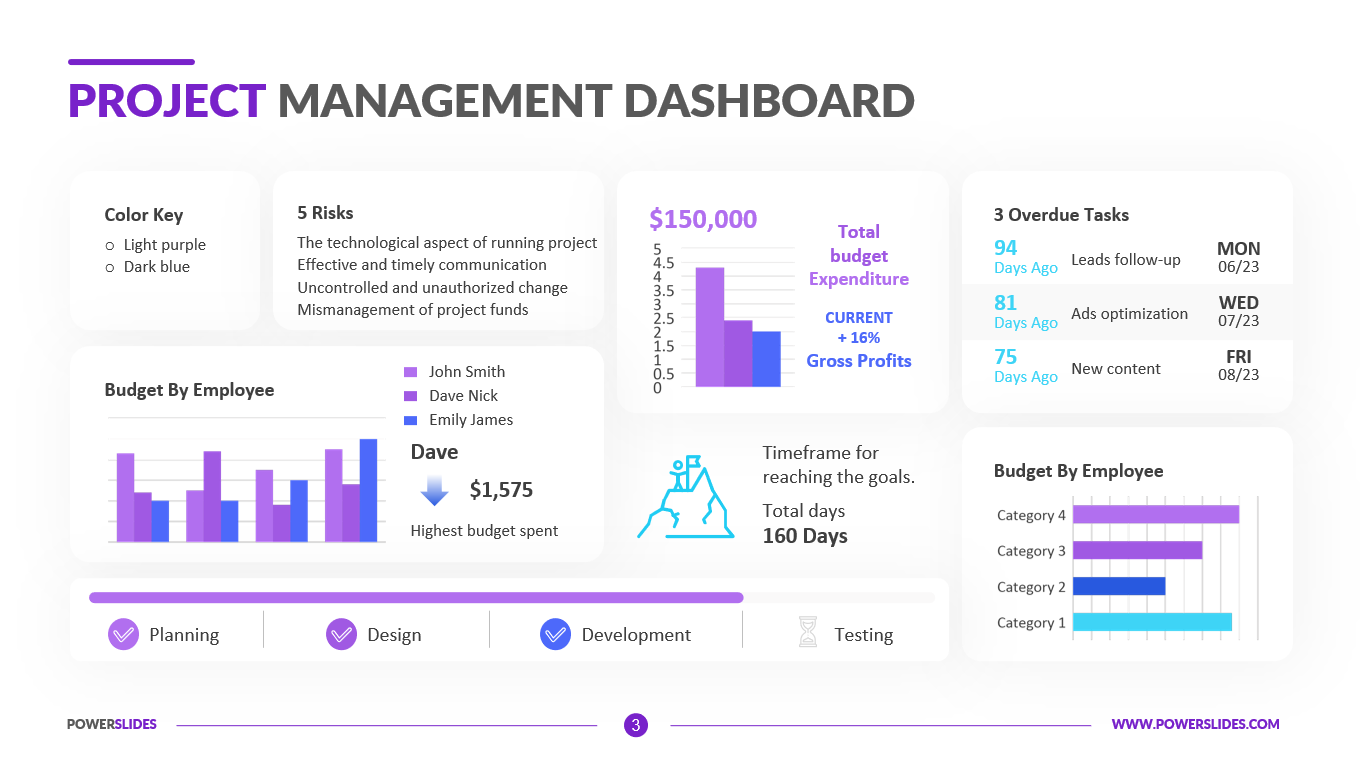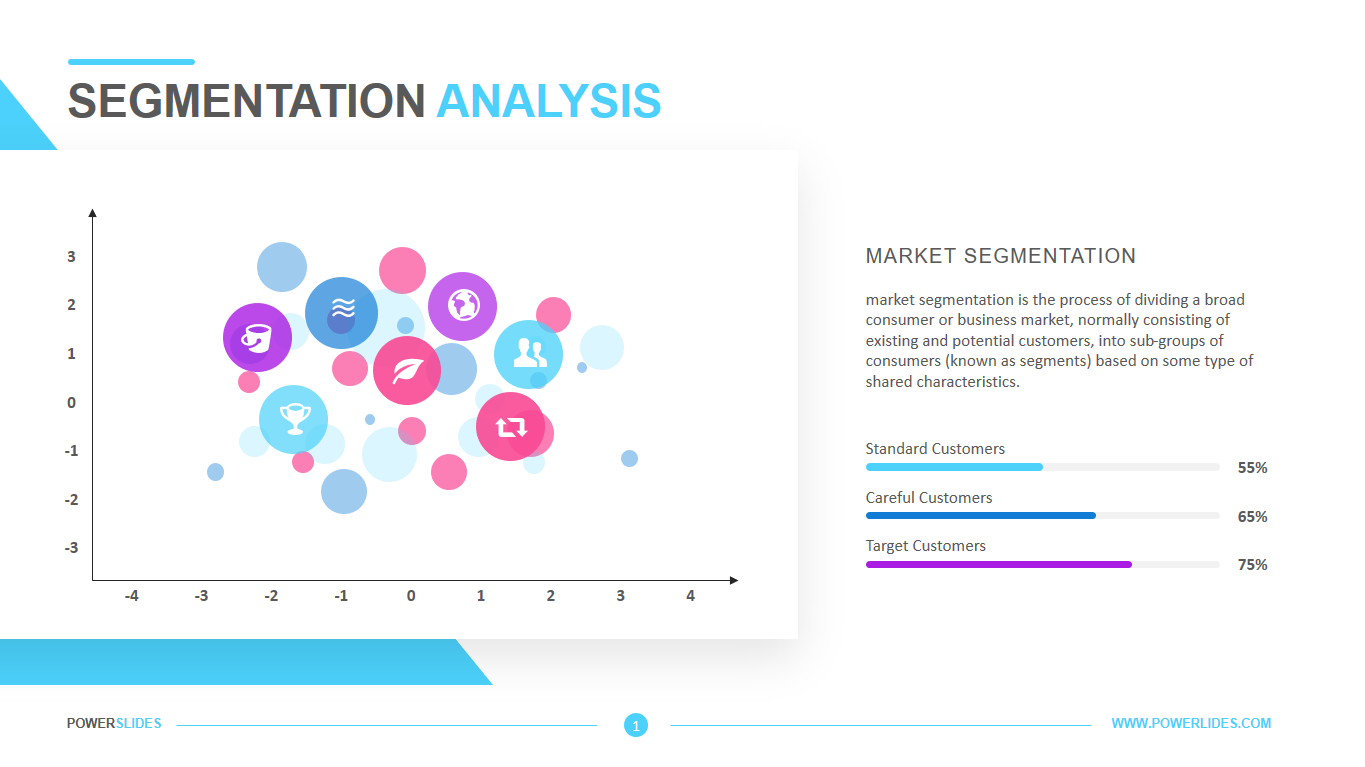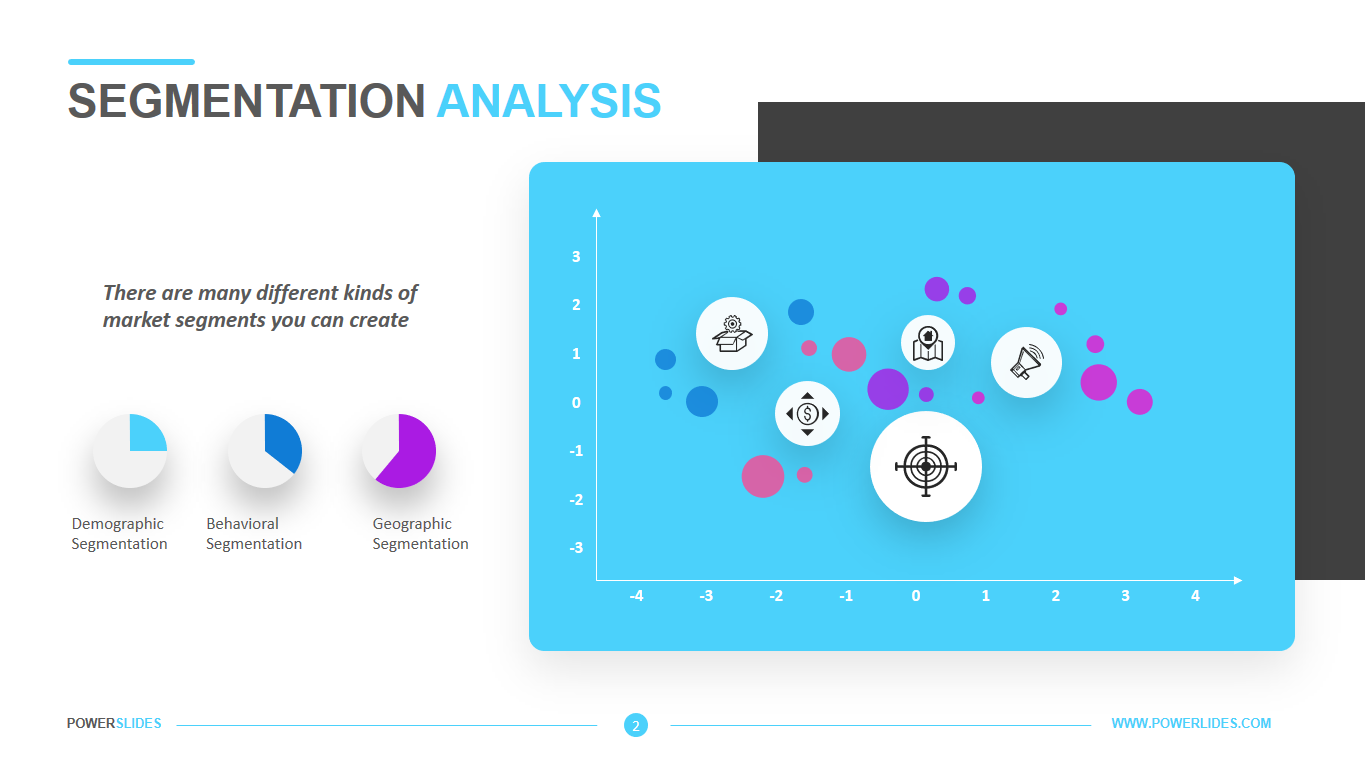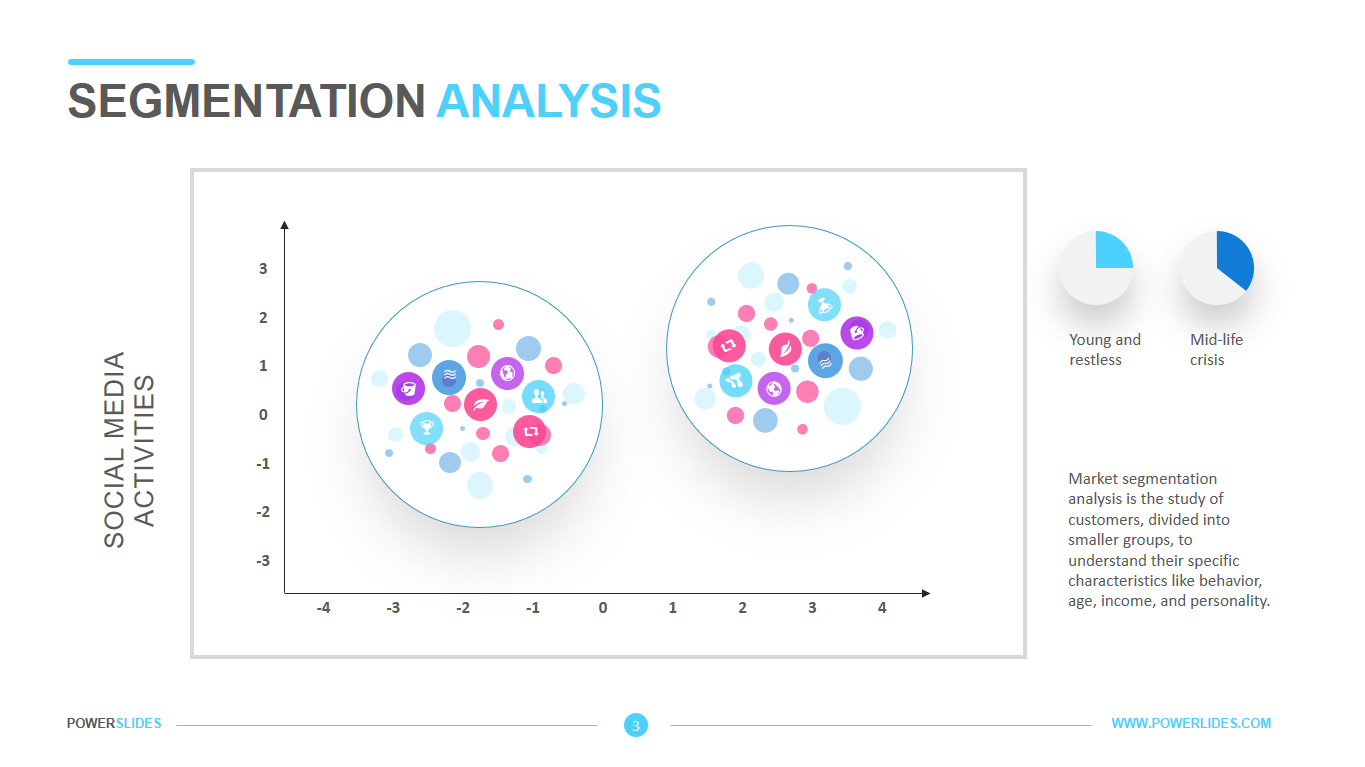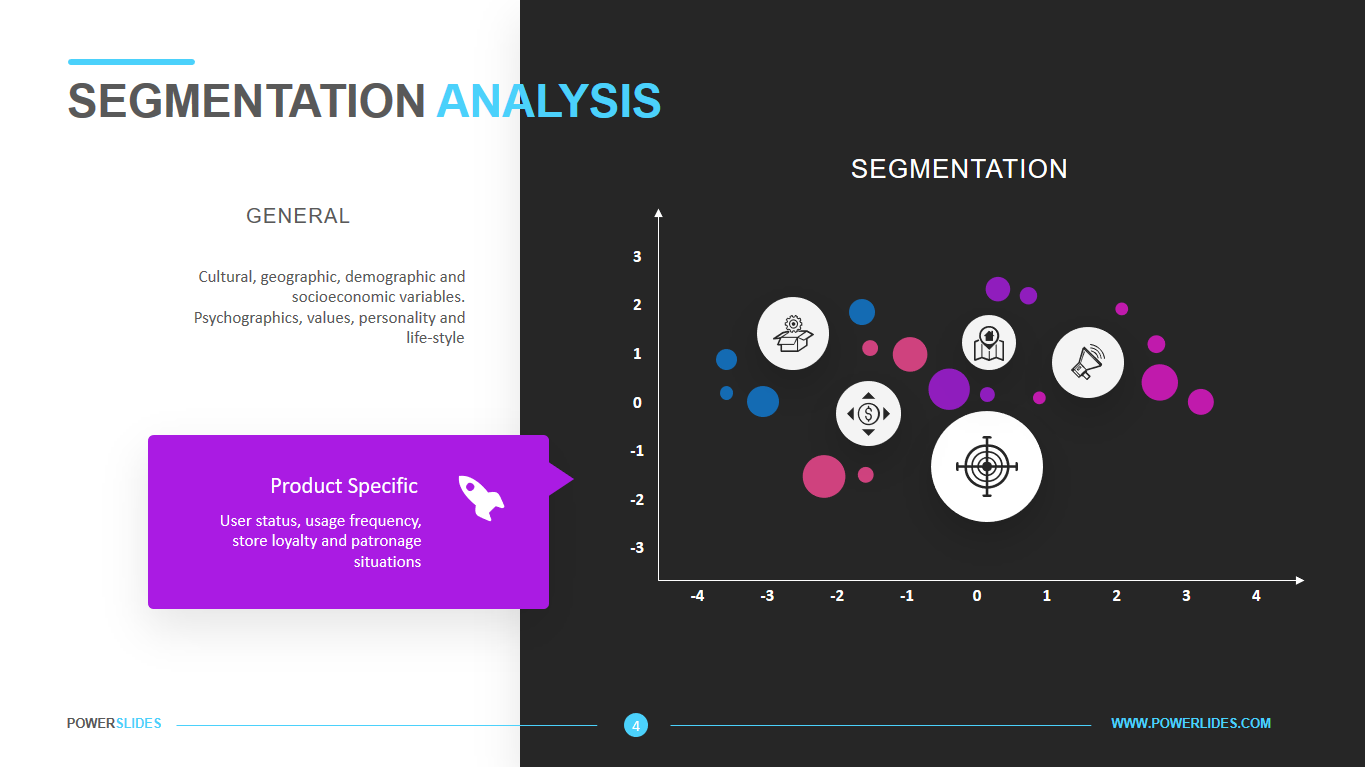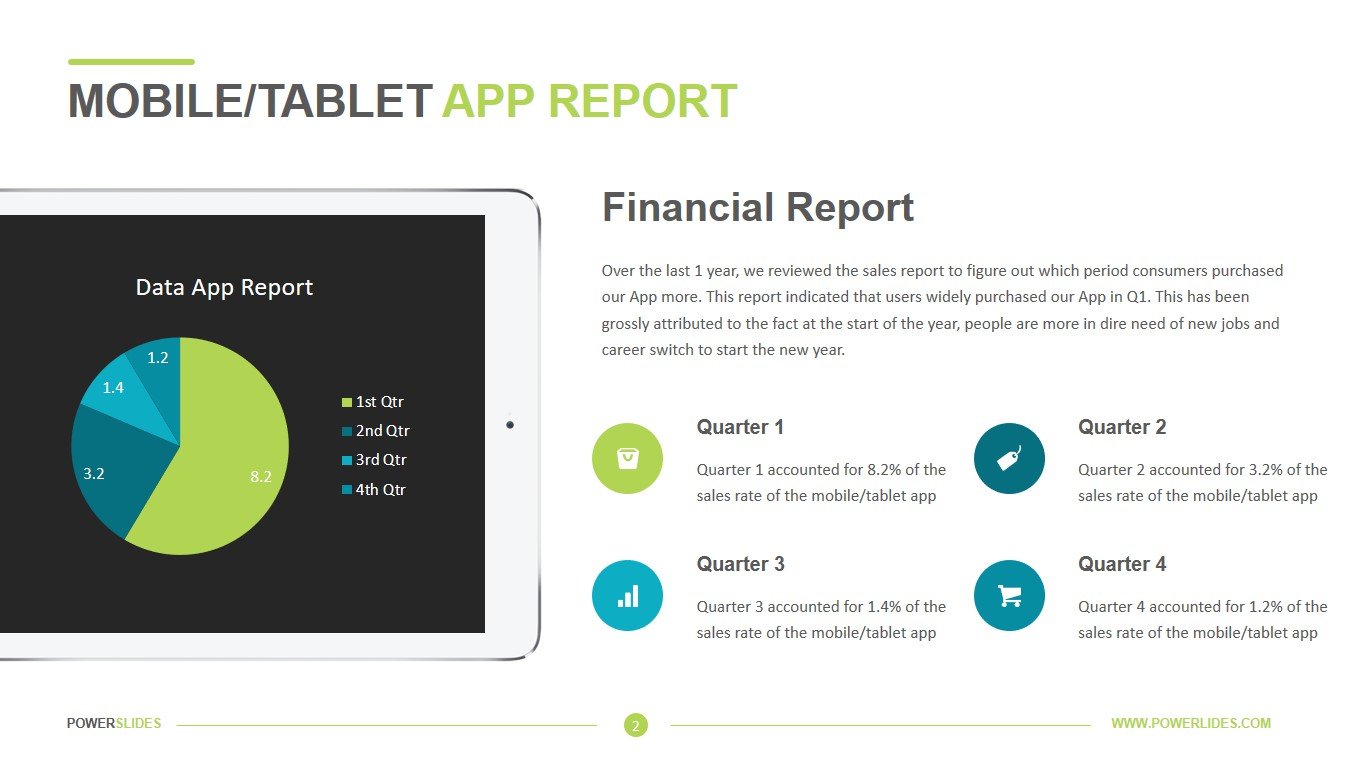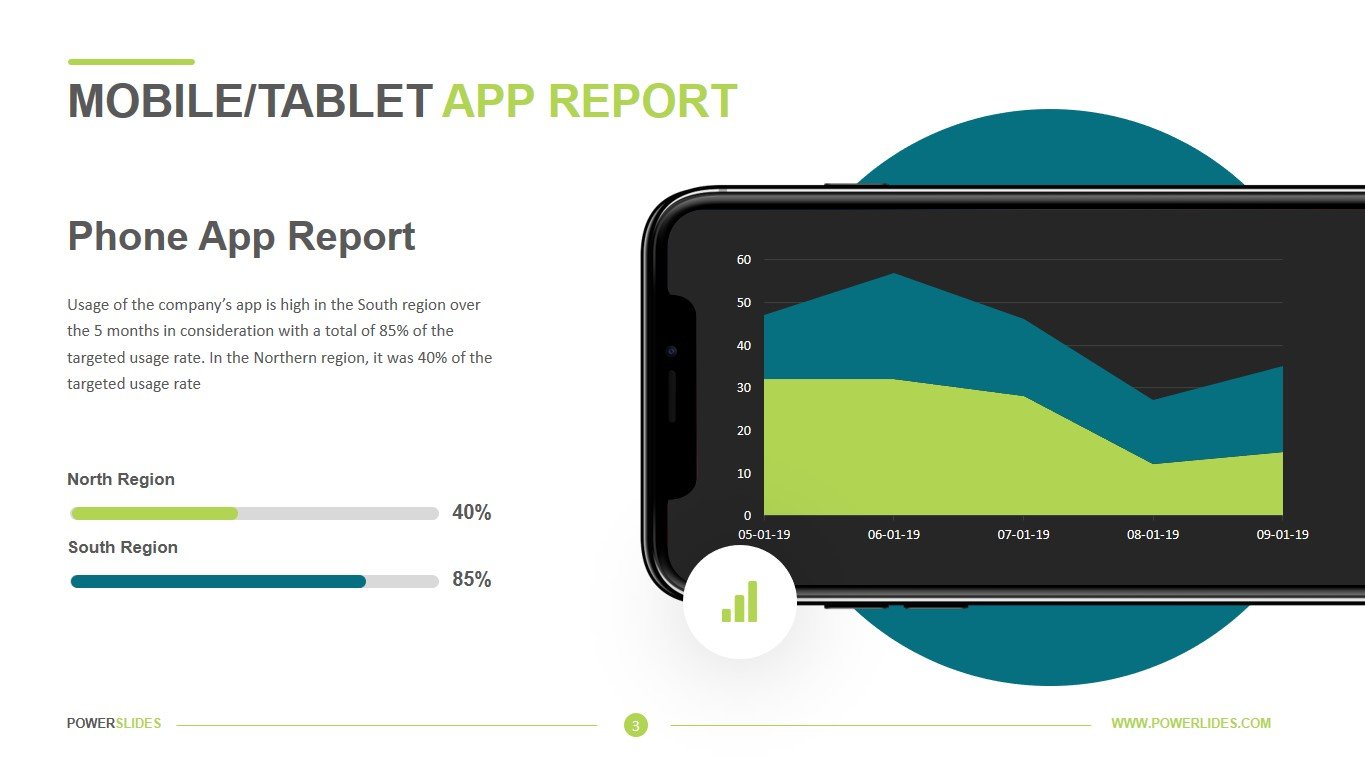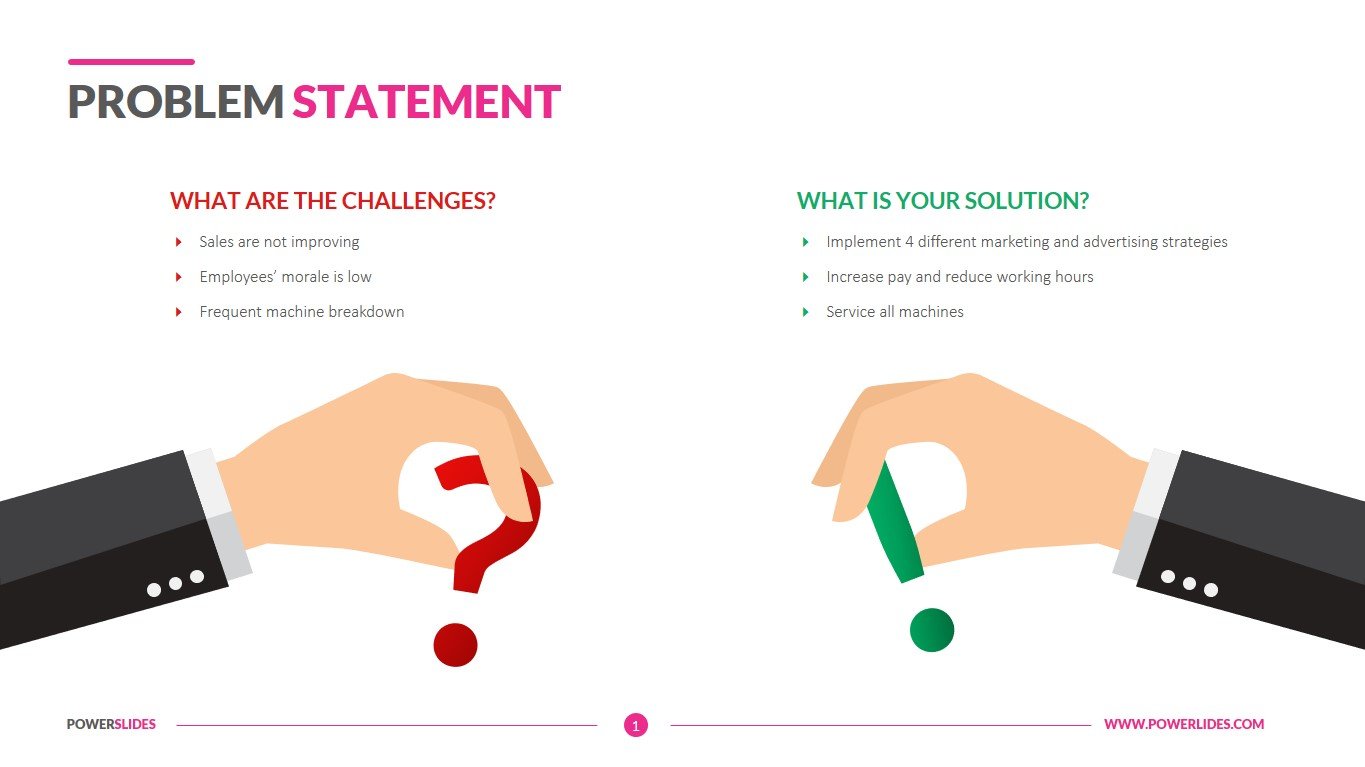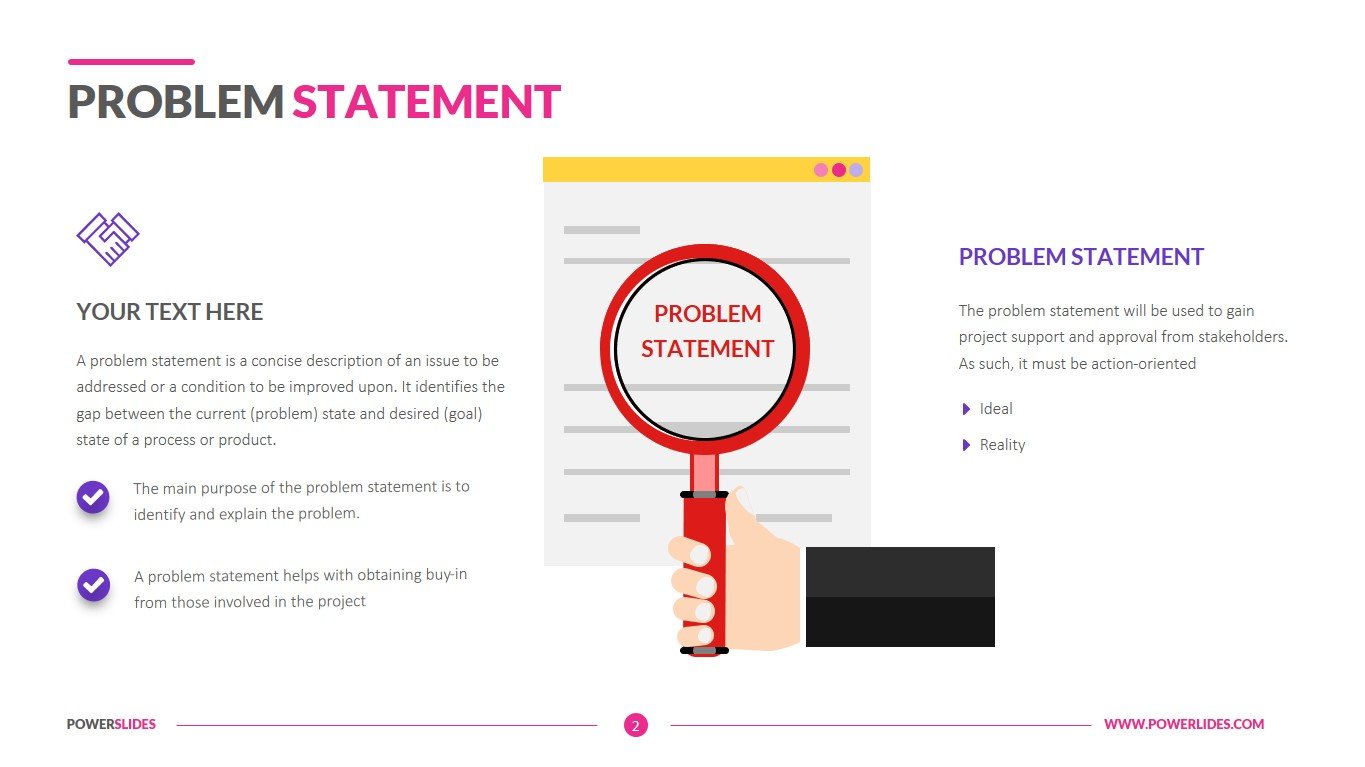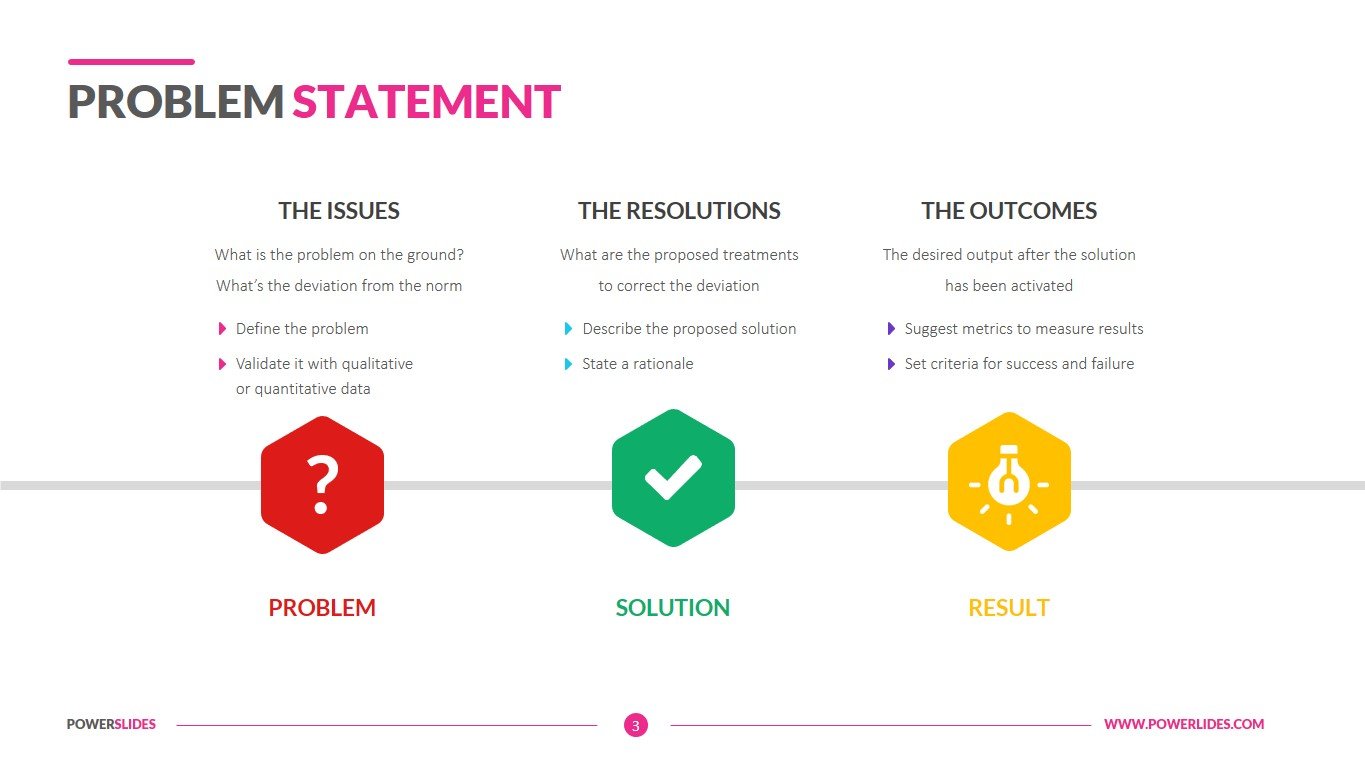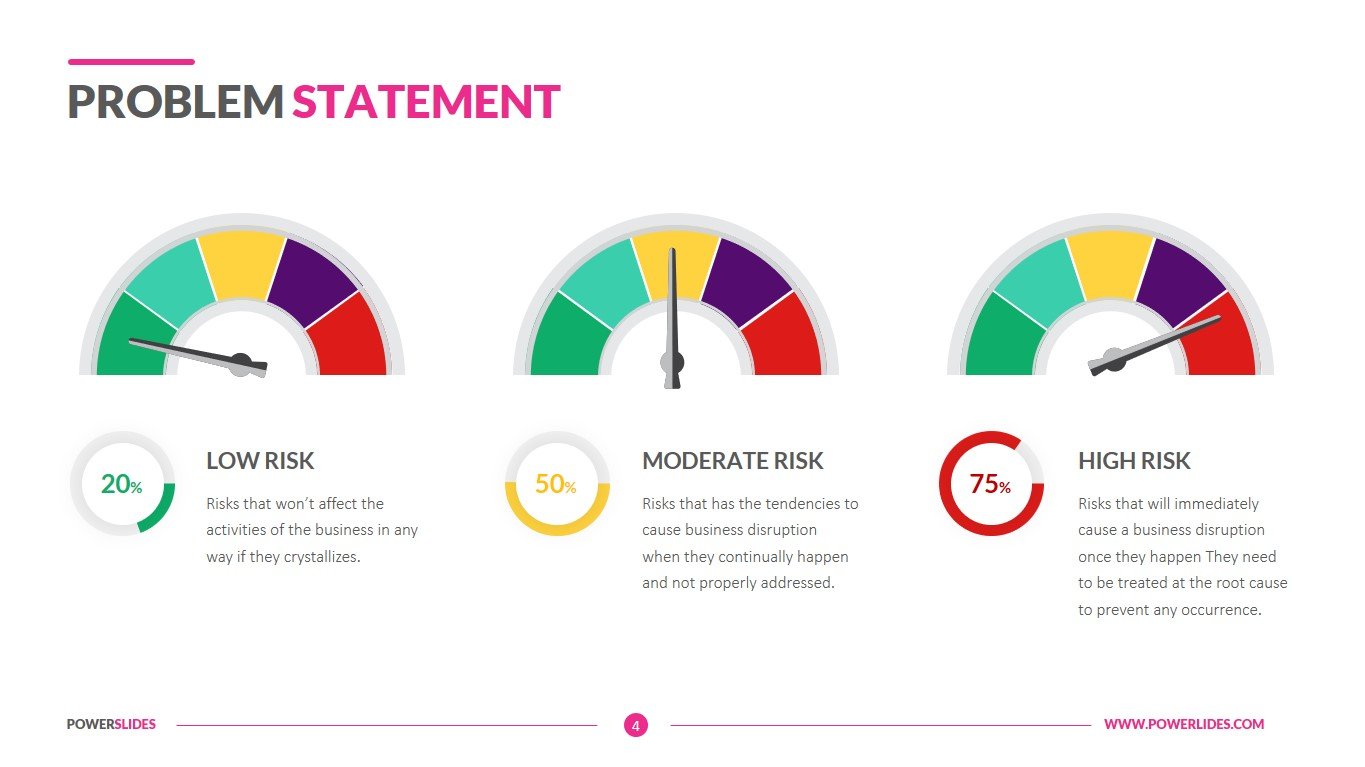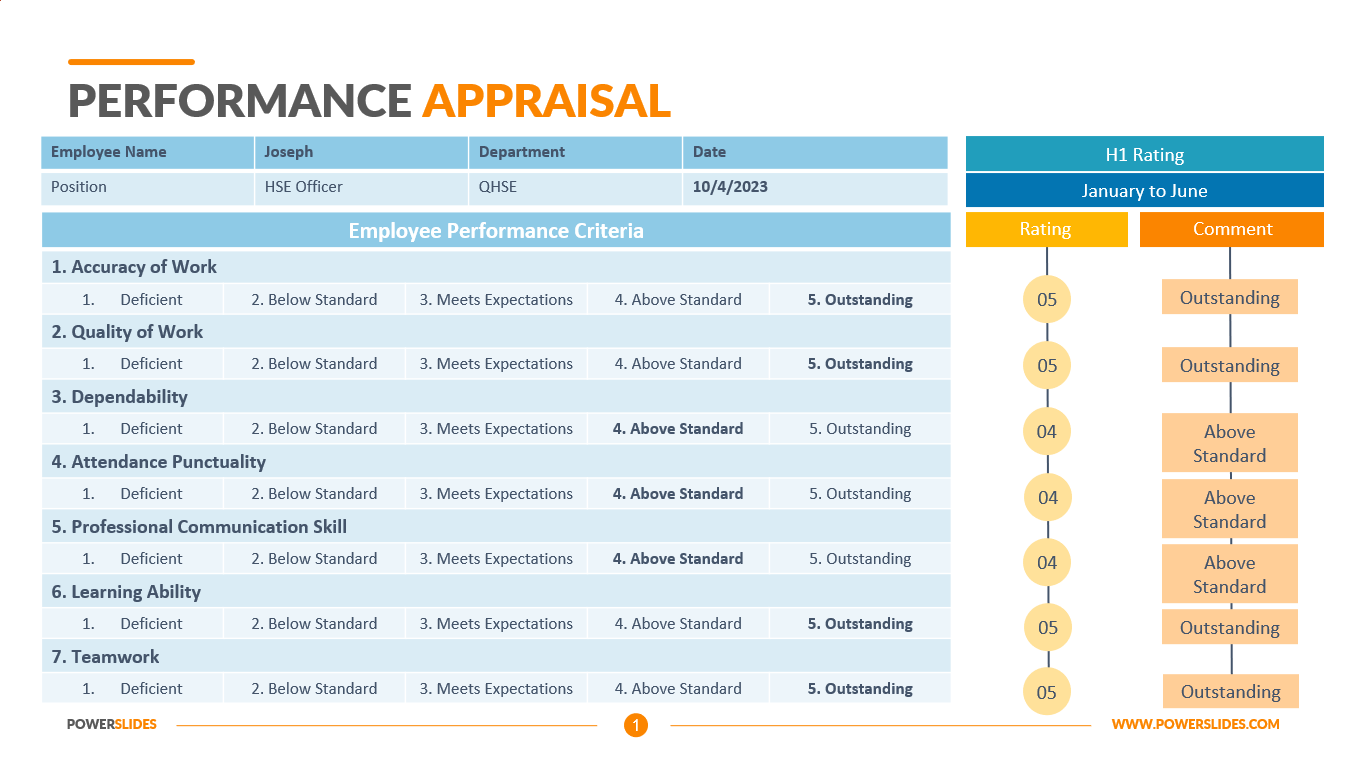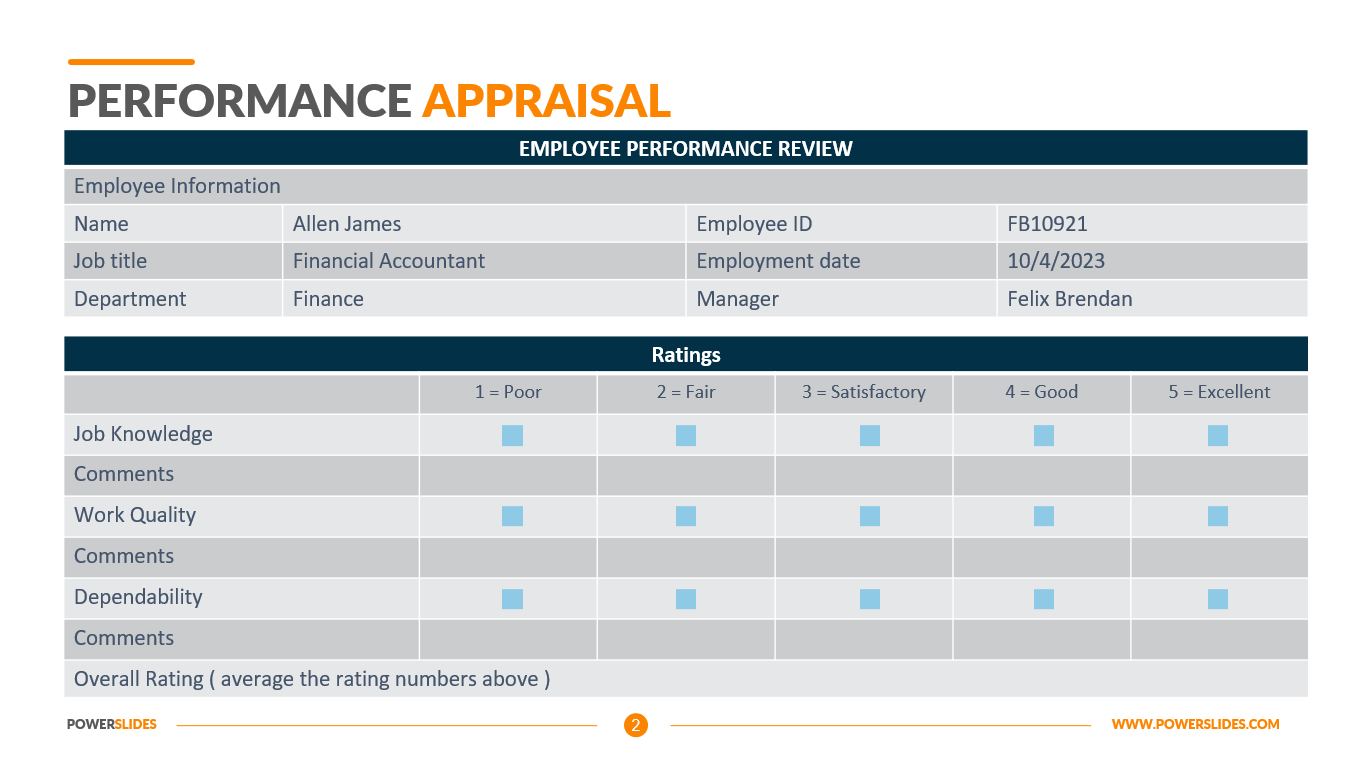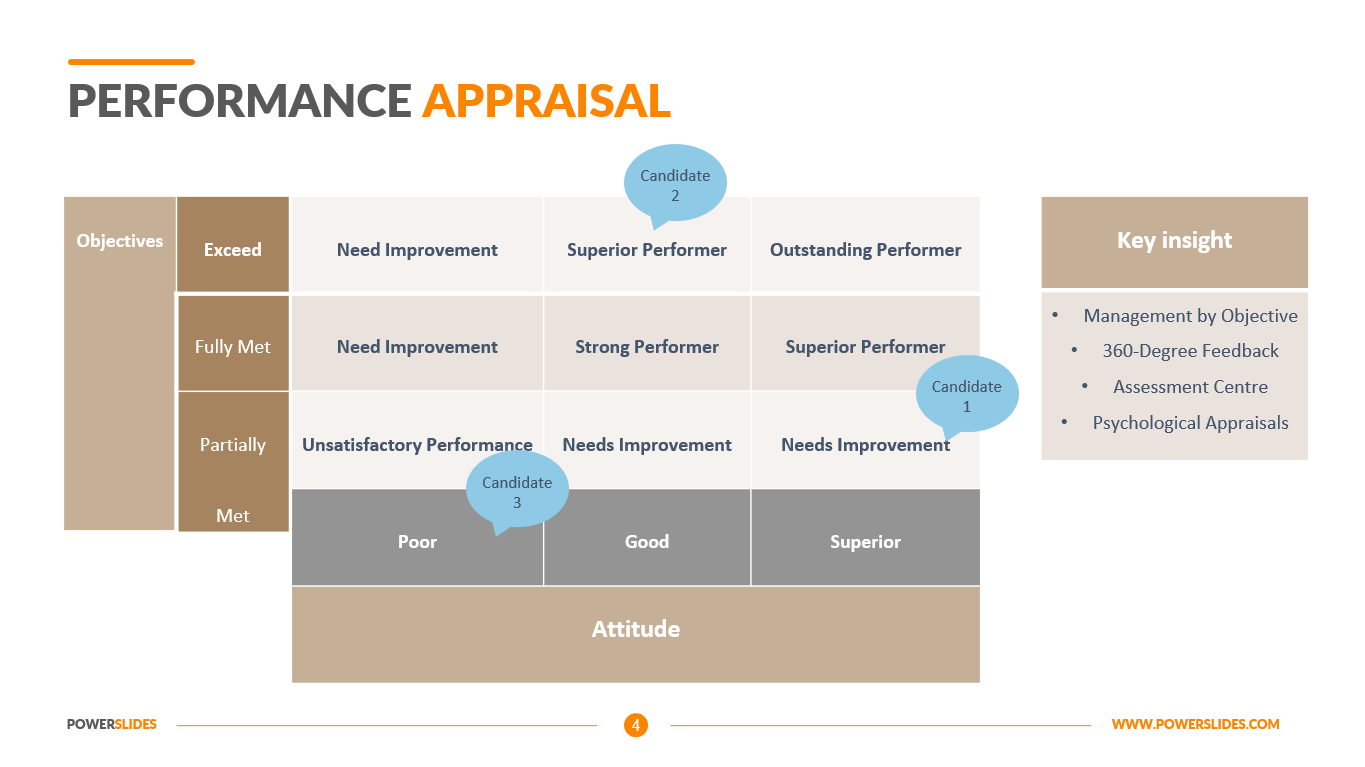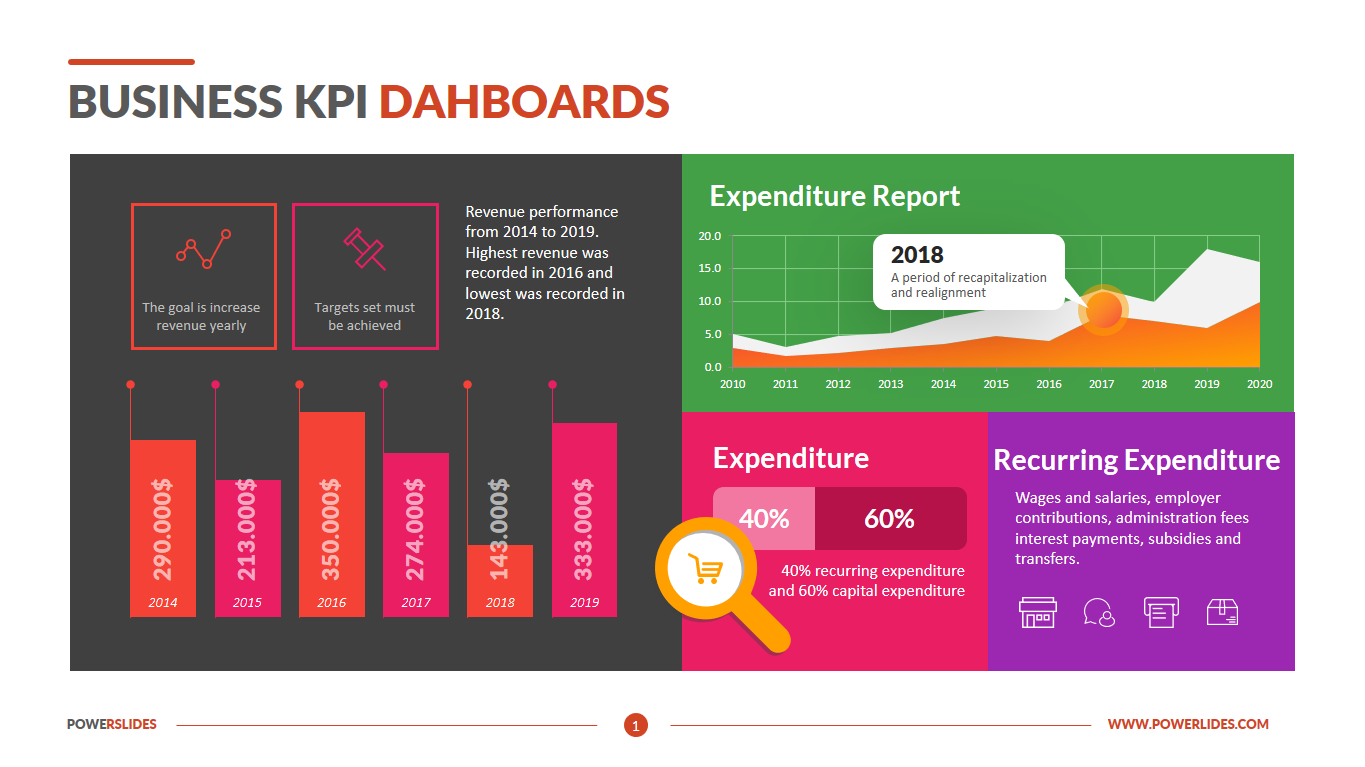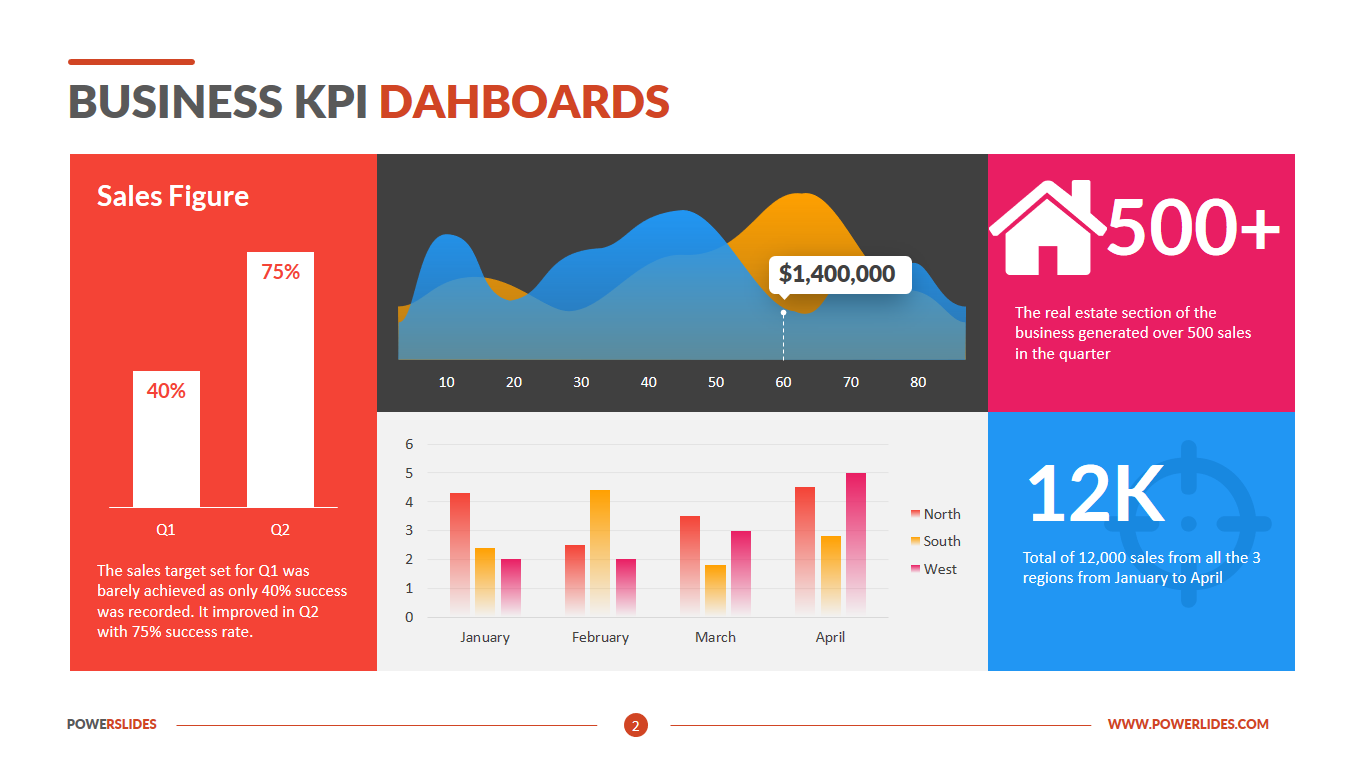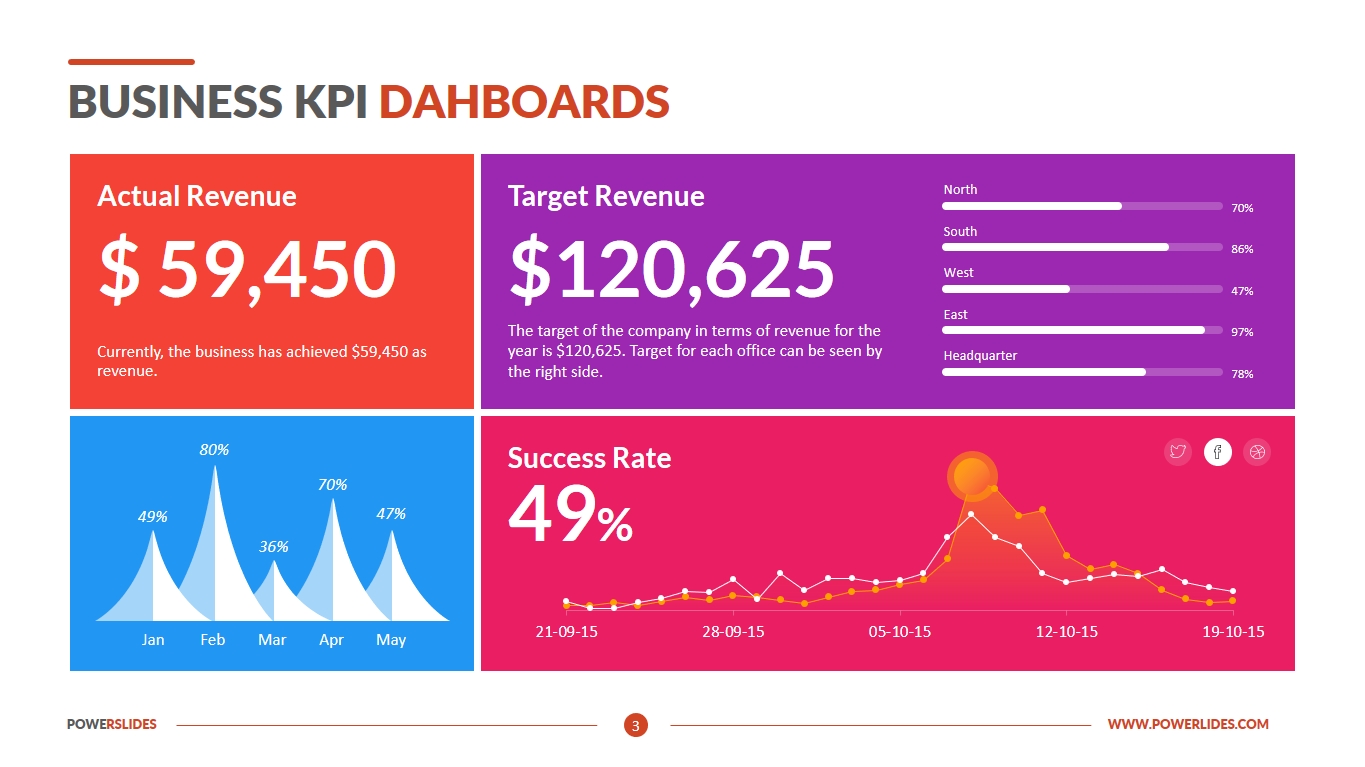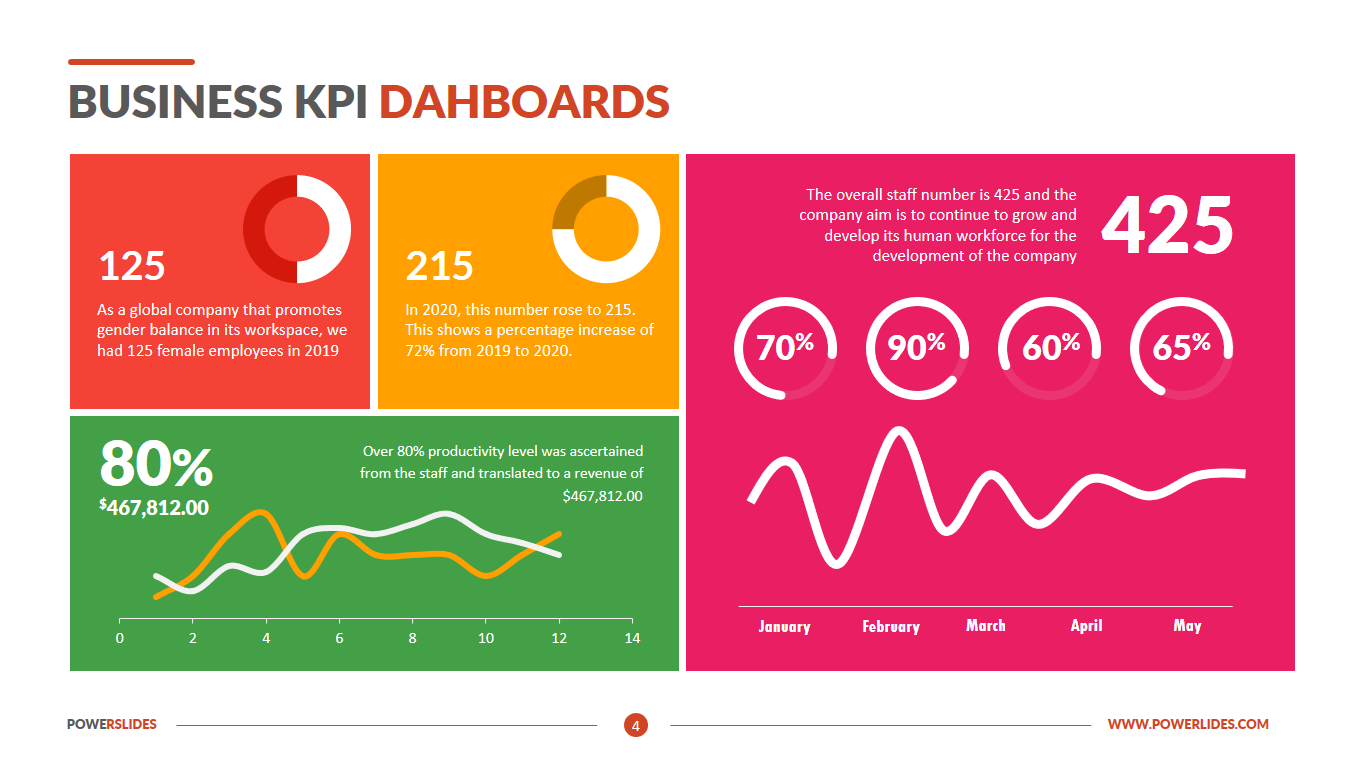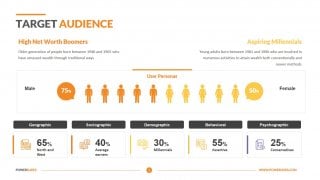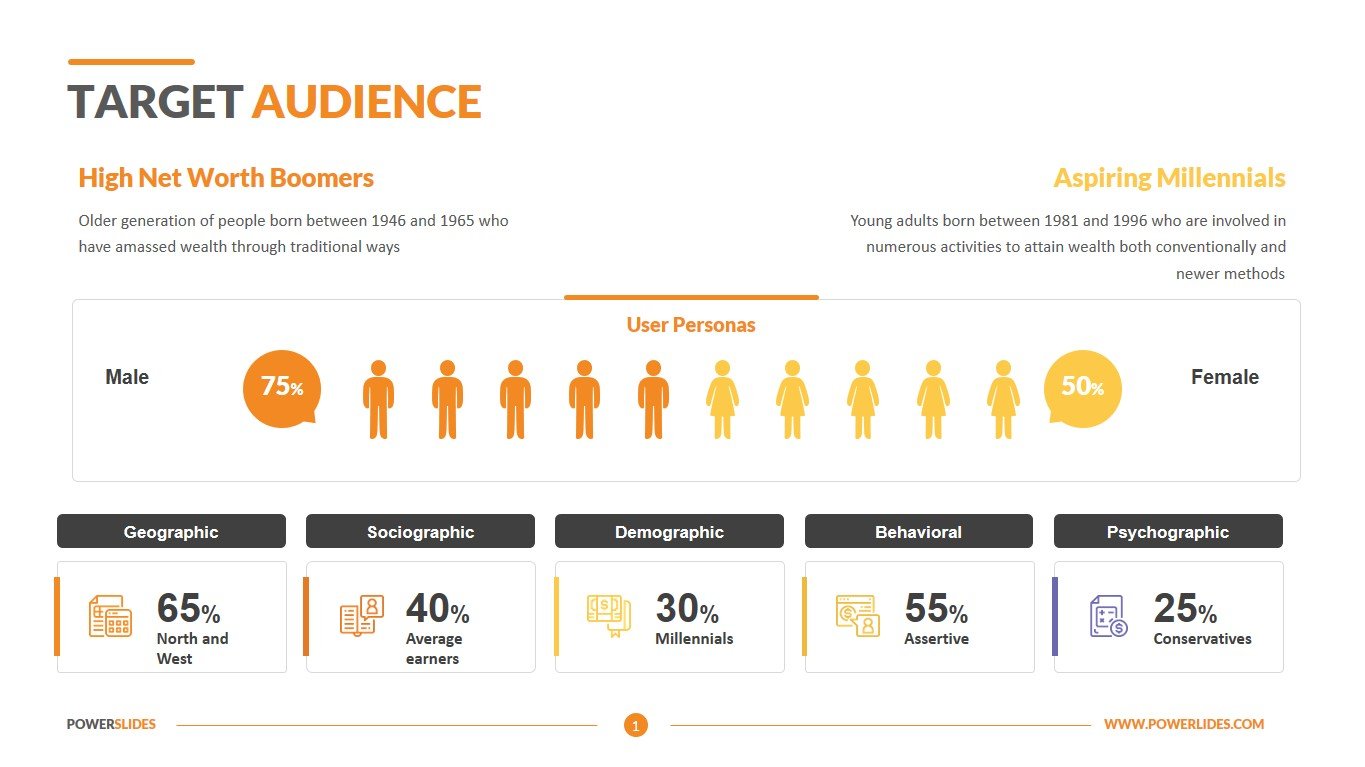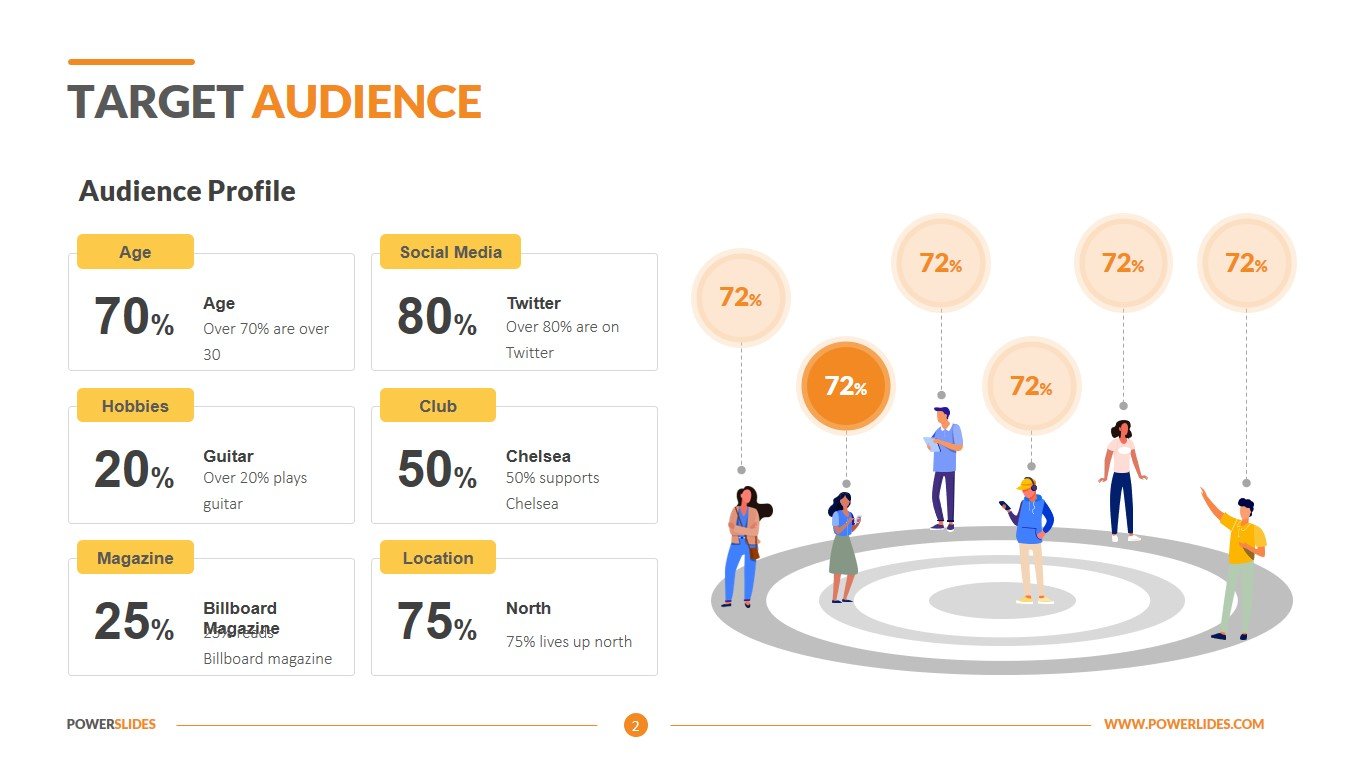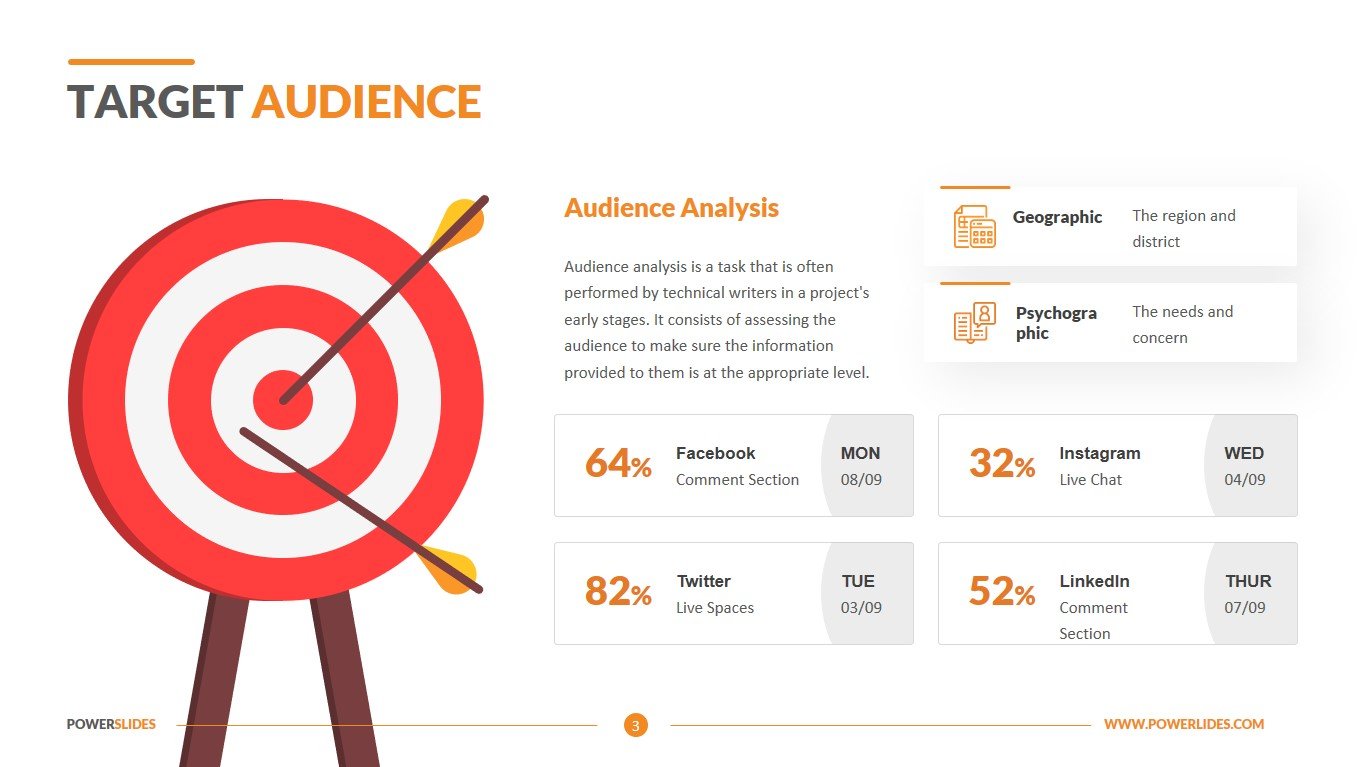Brand Architecture
 4 Slides
4 Slides
 File size: 16:9
File size: 16:9 
 Fonts: Lato Black, Calibri
Fonts: Lato Black, Calibri  Supported version
PPT 2010, PPT 2013, PPT 2016
Supported version
PPT 2010, PPT 2013, PPT 2016
Product details
Brand architecture is the organizational structure of a company’s portfolio of brands, sub-brands, products, and services. Effective brand architecture includes an integrated system of names, symbols, colours, and visual vocabulary informed directly by the consumer thought process.
This is because key to brand architecture is your customer’s mental organization – how they conceptualize your business and its portfolio of offerings, and how each offering satisfies their needs. Brand architecture defines both the breadth and depth of your brand.
Not only does it provide clarity around the organization of your offerings and how they are understood by consumers, it also influences customer behaviour by maximizing the transfer of brand equity between your brands and sub-brands.
If a customer has an existing relationship or positive association with a master brand, for example, they are much more likely to try one of its sub-brands. Brand architecture is ultimately about managing perception. Externally, it helps your customers and other stakeholders make sense of a multifaceted organization. Internally, it can serve as a valuable tool for optimizing marketing efficiency and performance.
A branded house includes a strong master brand with divisions that feature the master brand name alongside a product or service description.
The branded house architecture capitalizes on established customer loyalty where audiences care less about product features or benefits than they do about the central brand promise they know and love
Additional benefits of the branded house approach include more efficient marketing and advertising spend and positive equity spill over between sub-brands.
Of course, spill over can be negative as well. A problem with one sub-brand can wind up being a problem for the entire branded house. Another risk inherent to a branded house strategy is dilution: when a brand is positioned too broadly across multiple service categories, its impact can become diffuse and ineffectual.
Remember, the goal of brand architecture is not simply to come up with clever names for your products and services. It is to create clarity from chaos and sharpen the edge of your ongoing branding efforts.
This template will primarily be useful to marketers. You can use the slides in this template when preparing your marketing strategy. You can describe your brand in detail and prepare the stages of the implementation of advertising campaigns.
Company executives can use this template when preparing a company development strategy. You can create a brand architecture for your company’s key products.
University professors can use the slides in this template when preparing their marketing or brand building courses. Product managers can also use this template when preparing to promote a company’s new products.
Brand Architecture is a professional and modern template that contains four stylish and fully editable slides. If necessary, you can change all elements of the slide in accordance with your corporate requirements. This template will be useful for marketers, designers, project managers and business leaders. Brand Architecture template will seamlessly complement your presentations and will be a great addition to your collection of professional presentations.






